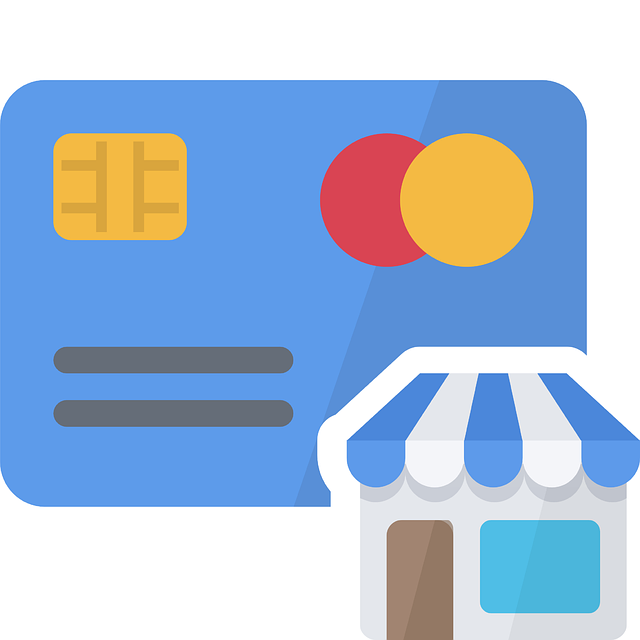A Business Line of Credit (BLOC) offers small businesses flexible, revenue-based financing that aligns with cash flow cycles. Unlike traditional loans, BLOC provides access to funds as needed without fixed monthly payments. Lenders assess historical and projected financial data to determine credit limits that grow with business revenue, making it ideal for expansion or market shifts. To secure a BLOC, demonstrate financial stability, consistent growth, and effective cash flow management. Use the line judiciously during peak seasons and strategic opportunities, prioritize timely repayments, and maintain open communication with lenders.
“Unlocking business growth potential with a revolving credit line—a strategic move for entrepreneurs. This comprehensive guide delves into the world of Business Lines of Credit (BLOC), offering a powerful tool for revenue-based funding. Learn how this dynamic financial solution can fuel your business’s expansion.
Discover the advantages, eligibility criteria, and application process to secure your BLOC. We’ll navigate through strategic usage tips and effective management practices, ensuring you maximize benefits while maintaining control over your credit line.”
- Understanding Business Lines of Credit: A BLOC for Growth
- Advantages of Revenue-Based Funding for Businesses
- Eligibility Criteria: Who Qualifies for a Revolving Credit Line?
- The Application Process: Getting Approved for Your BLOC
- Using Your Line of Credit Strategically for Maximum Benefits
- Managing and Paying Back Your Business Credit Line Effectively
Understanding Business Lines of Credit: A BLOC for Growth

A Business Line of Credit (BLOC) is a flexible and powerful tool for small businesses looking to unlock growth opportunities. Unlike traditional loans with fixed repayment schedules, a BLOC provides a revolving fund that aligns with your business’s cash flow cycles. This means you can access funds as needed to cover expenses or capitalize on unexpected opportunities, without the pressure of rigid monthly payments.
One of the key advantages is its revenue-based funding approach. Lenders review your business’s historical and projected financial data to determine an appropriate credit limit. As your revenue grows, so does your available credit line, providing a dynamic and scalable solution tailored to your business’s unique journey. This can be particularly beneficial during periods of expansion or unexpected market shifts, ensuring you have the capital to navigate and seize new opportunities.
Advantages of Revenue-Based Funding for Businesses

Revenue-based funding offers a unique and advantageous approach for businesses seeking financial flexibility. One of the key benefits is its ability to provide a business line of credit tailored to the company’s revenue stream, ensuring a more sustainable and adaptable financing solution. Unlike traditional line of credit options that rely on collateral or fixed business metrics, revenue-based funding focuses on the cash flow generated by a business, which is particularly appealing for startups or companies with seasonal fluctuations.
This innovative method, often facilitated by blockchain technology (BLOC), allows businesses to access funds based on their projected revenue, providing immediate working capital when it’s needed most. It offers a more flexible and transparent alternative to conventional lending methods, empowering entrepreneurs to make strategic decisions without the constraints of rigid repayment schedules. With revenue-based funding, businesses can thrive with enhanced financial freedom and a customized financing strategy.
Eligibility Criteria: Who Qualifies for a Revolving Credit Line?

To secure a revolving credit line for your business, it’s essential to understand the eligibility criteria. Typically, banks and financial institutions consider several factors when evaluating applicants. One key aspect is business stability, often gauged by the company’s financial history, revenue patterns, and cash flow management. Businesses with consistent revenue growth and strong financial performance are more likely to qualify.
Another critical factor is collateral. While not always mandatory, offering assets such as inventory, equipment, or real estate can increase your chances of approval. This concept is often referred to as BLOC (Business Line of Credit), where the credit line is secured against the business’s assets. Revenue-based funding is also an option, where lenders assess the company’s revenue streams and future earnings potential to determine the credit limit.
The Application Process: Getting Approved for Your BLOC

Securing a revolving credit line, often through a Business Line of Credit (BLOC), can be a game-changer for businesses seeking flexible and accessible funding. The application process involves several key steps to increase your chances of approval. First, prepare detailed financial statements, including income, expenses, and revenue projections. This demonstrates your business’s health and ability to repay the line of credit. Additionally, gather collateral, such as inventory or equipment, which can enhance your application and provide security for the lender.
Next, demonstrate your business’s stability and growth potential. Lenders will assess your company’s historical performance and future prospects. Highlight revenue-based funding options, where borrowing limits are tied to your business’s revenue, offering a flexible solution. A solid business plan and clear strategic objectives can further strengthen your application. Remember, a well-prepared and transparent approach during the application process significantly improves the likelihood of securing the BLOC you need for your business’s growth.
Using Your Line of Credit Strategically for Maximum Benefits

A business line of credit, particularly a BLOC (Business Line of Credit), offers more than just access to funds; it’s a strategic tool for growth and stability. To maximise its benefits, businesses should utilise their line of credit judiciously, aligning transactions with revenue cycles and operational needs. For instance, use the line during peak seasons or when anticipating significant sales, ensuring repayment capabilities match expected cash inflows. This ensures a steady flow of funds without undue strain on your business’s financial health.
Moreover, integrate the line of credit into your overall financial strategy, factoring in its flexibility for both short-term needs like unexpected expenses and long-term goals such as expansion or investment opportunities. Leveraging revenue-based funding through a BLOC allows businesses to maintain control over their finances while accessing capital when it’s most beneficial, fostering adaptability and sustained growth.
Managing and Paying Back Your Business Credit Line Effectively

Managing and Paying Back Your Business Credit Line Effectively involves strategic planning and disciplined financial management. A BLOC (Business Line of Credit) or revenue-based funding provides a flexible financing option, allowing businesses to access funds tied to their projected revenue. To ensure timely repayment, closely monitor cash flow and forecast future earnings accurately. Prioritize paying down the line of credit using any excess revenue generated from operations.
Regular communication with your lender is crucial. Lenders often offer repayment options tailored to seasonal fluctuations or business cycles. Leverage this by negotiating terms that align with your financial reality. Additionally, keep detailed records of all transactions and ensure timely submission of required reports to maintain a positive relationship with your funding source.






